This website uses cookies so that we can provide you with the best user experience possible. Cookie information is stored in your browser and performs functions such as recognising you when you return to our website and helping our team to understand which sections of the website you find most interesting and useful.
Writing Hooks & Endings BUNDLE: Posters & Scavenger Hunts
$10.00 Original price was: $10.00.$8.00Current price is: $8.00.
GRADE LEVELS
3rd - 5th, Homeschool
Subjects
RESOURCE TYPE
FORMATS INCLUDED
Google Slides™
Description
Do your students struggle with writing strong hooks/leads and good endings for either narrative or non-fiction writing? These resources will help you teach students how to write hooks and endings by immersing students in both fiction/narrative and non-fiction texts from books they love to read and books that are in the classroom or school library: read alouds, picture books, chapter books, informational books, news articles, essays, or any other books either in print or digital! Texts serve as models for good writing that help students mimic in their own writing. Students participate in a variety of scavenger hunt activities that get students thinking, talking, and writing hooks and endings! Scavenger Hunts are a fun and engaging distance learning activity!
This is a digital download. You’ll receive 2 PDFs with a link to each resource in Google Slides. I put these resources in Google Slides because I thought you may want to show or share this with your students as a presentation, assign certain slides to your students to complete, and/or print out the posters & Scavenger Hunts to do live.
What’s Included? TWO BIG RESOURCES!
WRITING HOOKS:
This resource includes: Easy prep—just print! Mostly black, white, and gray with just a dash of color.
•Includes Types of Narrative hooks (student handout)
•Types of Narrative Hooks at a Glance (student handout)
•8 Most Common Narrative Hook Posters:
- Action
- Flashback
- Snapshot
- Talking
- Question
- Sound effect
- Introduction
- Personal Experience
Includes Types of Non-fiction/Essay hooks (student handout)
Types of Non-Fiction/Essay Hooks at a Glance (student handout)
8 Most Common Non-fiction/Essay Hook Posters:
- Fun Fact
- Quotation
- Story
- Question
- Description
- Bold Statement
- Opinion
- Summary
Scavenger Hunt Text Activities for Fiction & Non-Fiction-(Brief directions included on each one)
•Identify That Hook
•Write That Hook
•Guess That Hook
•Find That Hook Sticky Note Activity – Includes Sticky Note Template and pages each with all the narrative hooks & non-fiction/essay hooks and 2 pages with a combination of all hooks for both fiction & non-fiction. You can assign different students for finding different types of hooks or just one type of hook. Pair them up or have them work independently. Use the blank sticky note templates for students to jot down if they find another type of hook on their hunt. (How to print on sticky notes tutorial included!)
Stuck on a Hook? Use this debate sheet to think it through. Students can jot down which hooks they’re stuck on and provide support to back up their final decision. It’s okay if not all students agree. A friendly debate is fun and will extend thinking. Remind your students any hook can really be used for both fiction and non-fiction and you may see examples of this while looking through both genres. Challenge them to find a hook that does overlap.
Your Turn: After students have had enough time with finding hooks in texts, now they’ll be ready to write some of their own. Students will use graphic organizers to draft a variety of hooks for their narrative or non-fiction writing and then confer with someone to decide which hook fits best.
WRITING ENDINGS:
This resource includes: Easy prep—just print or use digitally in Google Slides.
•What is an ending?
•Not The End
•Meeting Rider Narrative Text
•Types of Narrative Endings (student handout)
•Types of Narrative Endings at a Glance (student handout)
9 Most Common Narrative Endings Posters:
- Circular
- Dialogue
- Twist
- Cliffhanger
- Question
- Lesson/Moral
- Emotion
- Humor
- Reflection
Non-Fiction
•The Box Jellyfish Non-Fiction Text/Essay
•Types of Non-fiction/Essay Endings (student handout)
•Types of Non-Fiction/Essay Endings at a Glance (student handout)
9 Most Common Non-fiction/Essay Endings Posters:
- Summary
- Question
- Memorable Quote
- Call For Action
- Advice
- Final thought or feeling
- Moral/lesson learned
- Solution
- Hope or dream
Scavenger Hunt Text Activities for Fiction & Non-Fiction:
The best way to get students to learn about endings is to immerse them in texts. Use your classroom or school library and read just the endings of your favorite fiction and non-fiction picture books or chapter books. You can even use non-fiction articles in Scholastic Magazines or online articles from National Geographic for Kids. Immerse your students in a variety of genres from a variety of authors to compare and contrast endings. Some endings are tricky to identify. Use the Stuck on an Ending? debate sheet to think it through. Students can jot down which endings they’re stuck on and provide support to back up their final decision. It’s okay if not all students agree. A friendly debate is fun and will extend thinking. Remind your students that the same endings can really be used for both fiction and non-fiction and you may see examples of this while looking through both genres. Challenge them to find endings that overlap.
Scavenger Hunts: (Brief directions included on each slide)
•Identify That Ending
•Write That Ending
•Guess That Ending
•Find That Ending Sticky Note Activity -Includes Sticky Note Template and pages each with all the narrative endings & non-fiction/essay endings and 2 pages with a combination of all endings for both fiction & non-fiction. You can assign different students for finding different types of endings or just one type of ending. Pair them up or have them work independently. Use the blank sticky note templates for students to jot down if they find another type of ending on their hunt.
Ways to Do Scavenger Hunts:
•Whole group to model- Use a novel you are reading together and have students identify the ending. Play Guess That Ending with other books from your class library
•Independently- Students identify the ending in books they are independently reading, Find
That Ending Sticky Note Scavenger Hunt
•Partners- Play Guess That Ending with peers, Find That Ending Sticky Note Scavenger Hunt
•Small Groups- Guess That Ending, Find That Ending Sticky Note Scavenger Hunt
Your Turn: After students have had enough time with finding endings in texts, now they’ll be ready to write some of their own. Students should draft a variety of endings for their narrative or non-fiction writing and then confer with someone to decide which ending fits best.
I hope these resources help transform your students into writers and get them writing GREAT HOOKS & ENDINGS!
Enjoy from my classroom to yours!
This is a digital download (2 PDFs).
Purchasing this product grants permission for use by one teacher in his or her own classroom. If you intend to share with others, please purchase an additional license for the desired product.
This site uses Akismet to reduce spam. Learn how your comment data is processed.
Related products
-
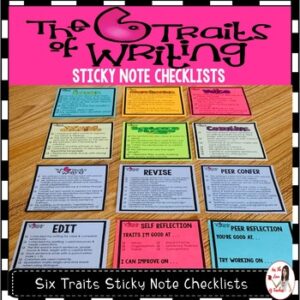
Six Traits of Writing Sticky Note Checklists
$3.50 Add to cart Quick Checkout -
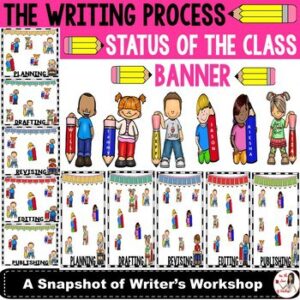
Writing Process- Status of The Class
$2.50 Add to cart Quick Checkout -
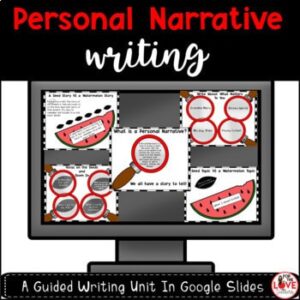
Personal Narrative Guided Writing Unit: Google Slides
$6.50 Add to cart Quick Checkout -
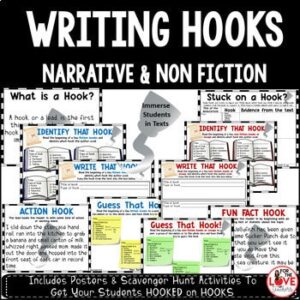
Writing Hooks Posters & Scavenger Hunts
$5.00 Add to cart Quick Checkout
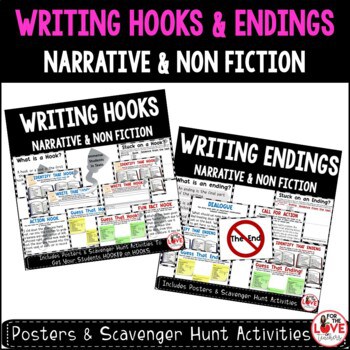
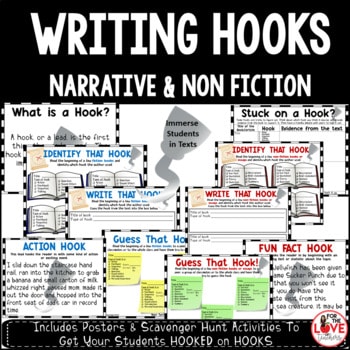
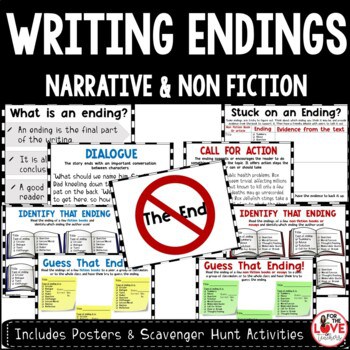


Leave a Reply